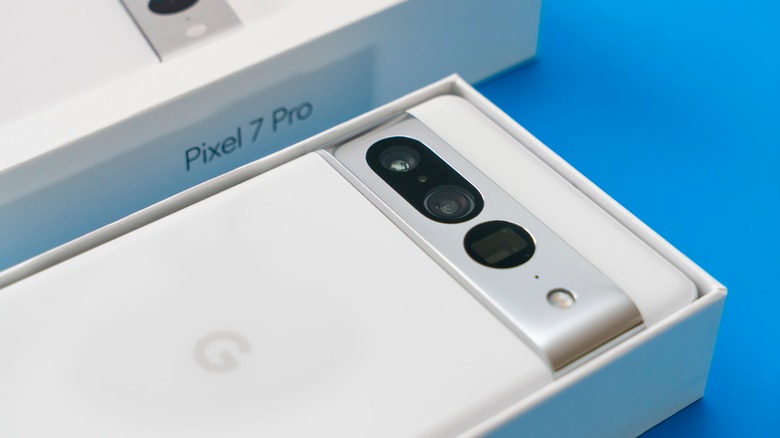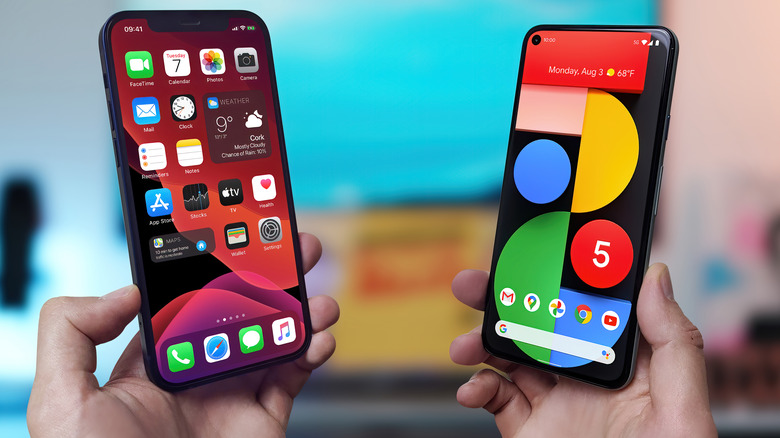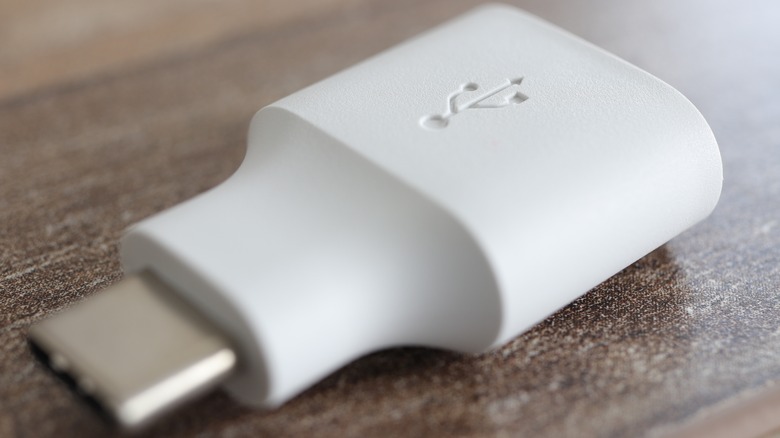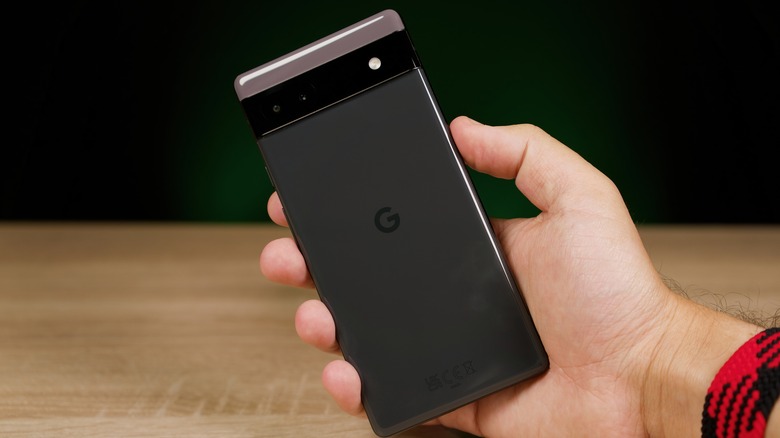The Easiest Way To Transfer Data To Your New Google Pixel
It's easy to upgrade to a new smartphone. Most device models offer a hassle-free way to transfer your preferences from an old gadget into a new one, rather than starting with a clean slate. Anybody with an Android phone in particular can seamlessly migrate information stored on their Google account and copy it into a new mobile phone. When done correctly, most phone data like email messages, address book contacts, calendar events, and notes will be visible when you sign into your new Android device using the associated Google profile.
If you have plans to move your accumulated phone files into a new Google Pixel phone, there are a number of ways to do it. However, it is important to make certain preparations before you embark on data migration. First, make sure that both your old and new phones are fully charged. Next, make sure that you have either a nano SIM card or an eSIM for your new Pixel device. Check with your mobile service provider to see which one is appropriate for your particular phone model and plan. In addition, keep your new phone's charging cable and SIM card tool handy as they will be needed at some point during the transfer process.
The most important thing you need to make sure you have is the quick switch adapter, which comes in the box with most Pixel phone models. This is the key item that will make the transfer process not only more thorough, but quicker as well.
Prep your old mobile device prior to data transfer
Before getting started, it's good practice to have a cloud backup of all your necessary files. If you have an Android phone, simply make use of Google's many apps and services to store photos, videos, contacts, messages, and other files that are locally saved on your device.
If your old phone is an iPhone, consider the possibility that some data may be left behind in the migration process, if only because it runs on a completely different ecosystem. Although some free iOS apps have Android counterparts and will automatically be set up on the new Pixel phone when available, some paid apps and in-app purchases may not be transferred. If you have any iPhone apps that you deem absolutely necessary, look them up in the Google Play Store and take note of any substitutions, if the actual apps aren't accessible.
Another important thing for iPhone owners to remember is that iMessage and FaceTime are iOS-only services and will not be accessible on your new Google Pixel. Before initiating the transfer process, make sure you disable both on your old iPhone. Launch the Settings app, then go to Messages to switch the toggle to the off position next to iMessage. Go back to the Settings menu and do the same for FaceTime. If you own other Apple devices, consider de-registering your phone number from them when applicable.
Finally, regardless of what your old smartphone model is, make sure that you have the latest version of its operating system installed and that you have stable WiFi connectivity to lessen potential hiccups in the data migration process.
Use your old phone's charging cable to move data to your new Pixel
The steps are pretty much the same for transferring data from either an Android phone or an iPhone to a new Google Pixel. Once both old and new devices are fully charged, have all the necessary accessories you'll need for the transfer, and are satisfied with your method of backing up your phone data — may it be online or on your computer — do the following steps:
- Switch on your new Google Pixel phone and tap Get Started. Feel free to modify the phone's language and vision preferences.
- Insert your SIM card into the Pixel phone, if you have one.
- Hit Start and connect the Pixel phone to a WiFi network.
- After a few minutes, hit Next on the Copy Apps & Data page.
- Tap Next when asked to "Use your old device."
- Unlock your old smarthone and attach the charging cable into its respective port on the device.
- Connect the other end of the charging cable to the quick switch adapter that came with your Pixel phone.
- Attach the quick switch adapter to your Pixel.
- On the old mobile device, hit Trust.
- On the Pixel phone screen, pick which phone data to transfer over. When asked to, log into your Google account on the Pixel phone and hit Next to initiate the data transfer process.
Depending on how much data your old phone has, this process could anywhere from a few minutes to more than an hour. Some apps will need to be re-downloaded and reinstalled into the Pixel phone, so they may not show up right away.
Other ways to transfer data to a Pixel phone
In the off-chance that you don't have your Pixel's quick switch adapter or your old charging cable handy, you can try transferring your data wirelessly. This process, of course, will heavily rely on a stable internet connection.
If you have an Android phone and a cloud backup of everything you'll need, you can access that by choosing "Cant use old device" when asked to "Use your old device" during the transfer process. After that, simply follow the succeeding onscreen prompts, which may involve logging into your Google account. Alternatively, you can also copy data via WiFi, provided that your old device is running on at least Android 5 (via Google). To do this, hit Next on "Use your old device," then when asked to "Find your old phone's cable," hit "No cable?" and follow onscreen prompts.
As for iPhone users, Google's Switch to Android app does well in moving most files like photos and videos saved on your camera roll as well as contacts and calendar events. If you happen to be transferring data out of a BlackBerry or Windows phone, the quick switch adapter solution won't work for you. You will need to sync your old phone to your Google account and set up your Pixel as new using whatever was transferred in the process. For certain files, you can copy content from your computer to your new Pixel via a USB cable (per Google).
While transferring data wirelessly to your new Pixel phone may seem more convenient, compared to the adapter route, this method is actually limited and may not copy all the files that you want.



